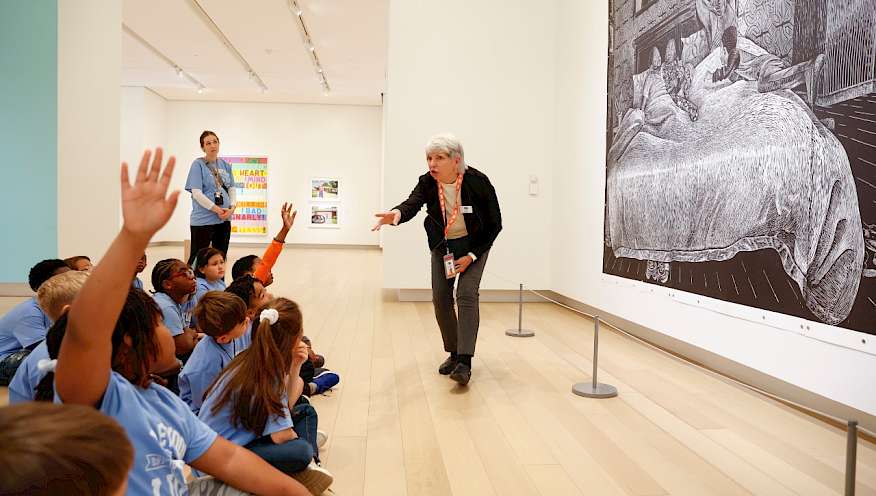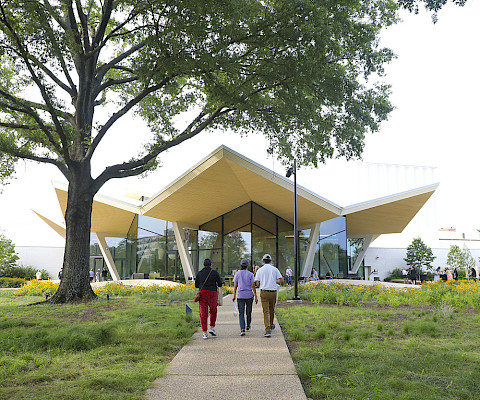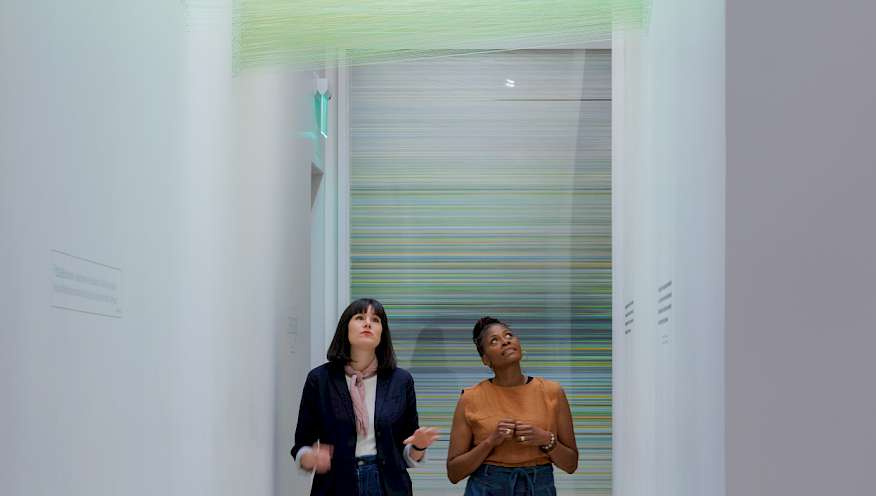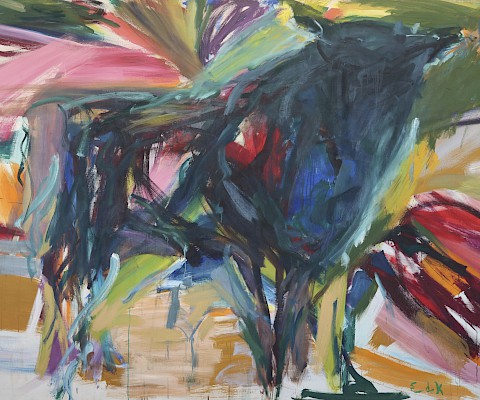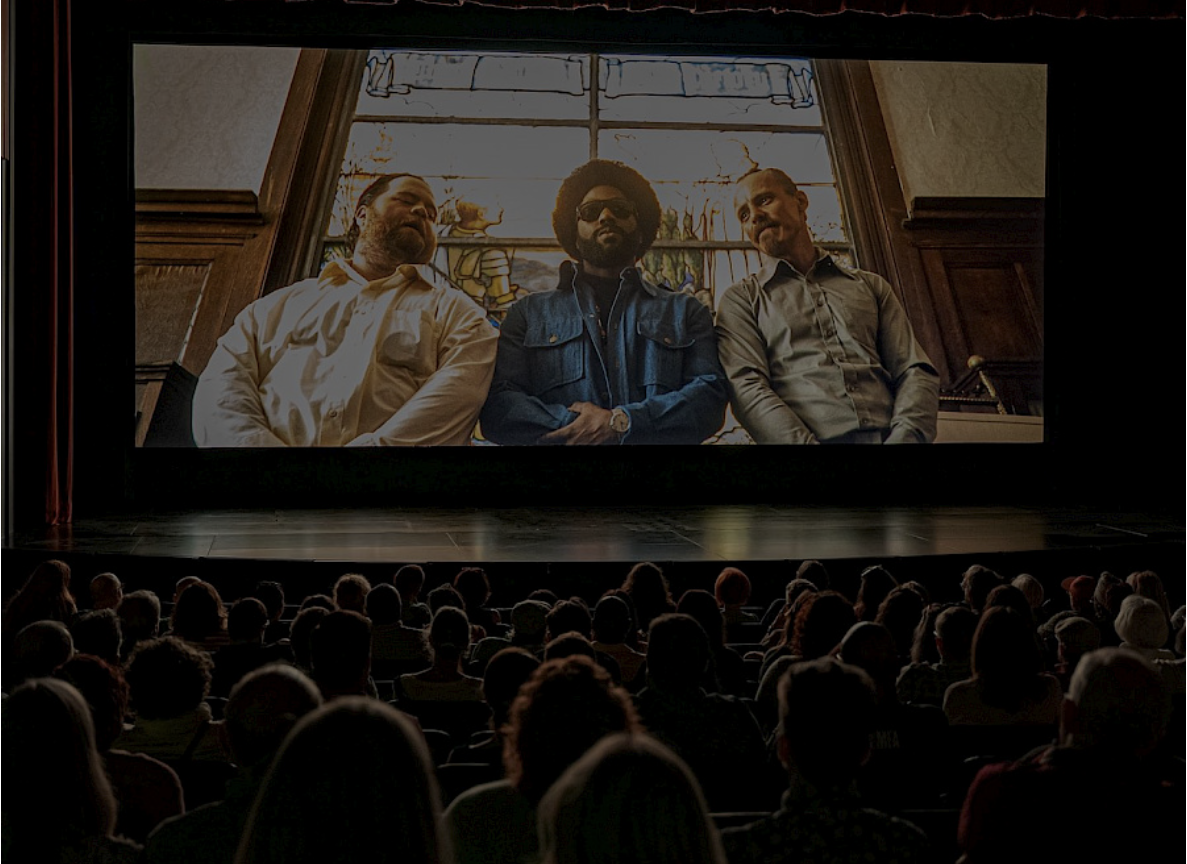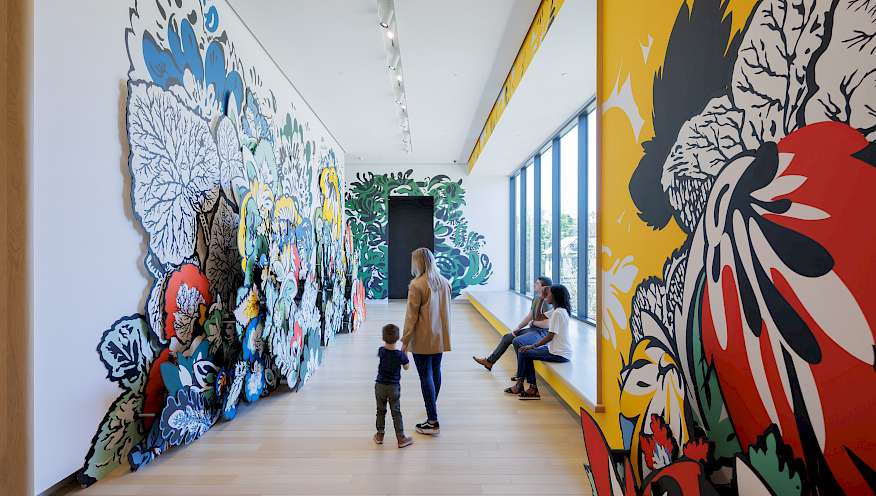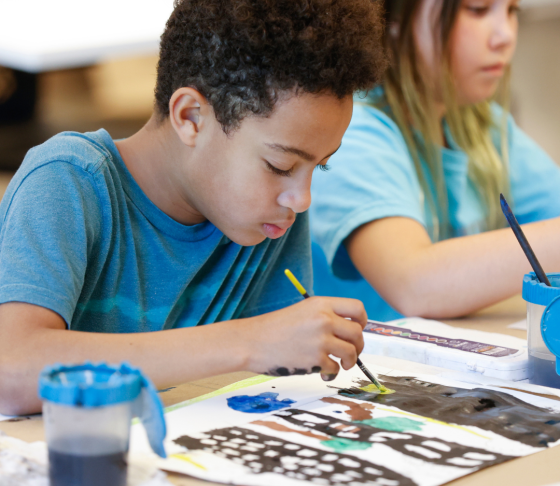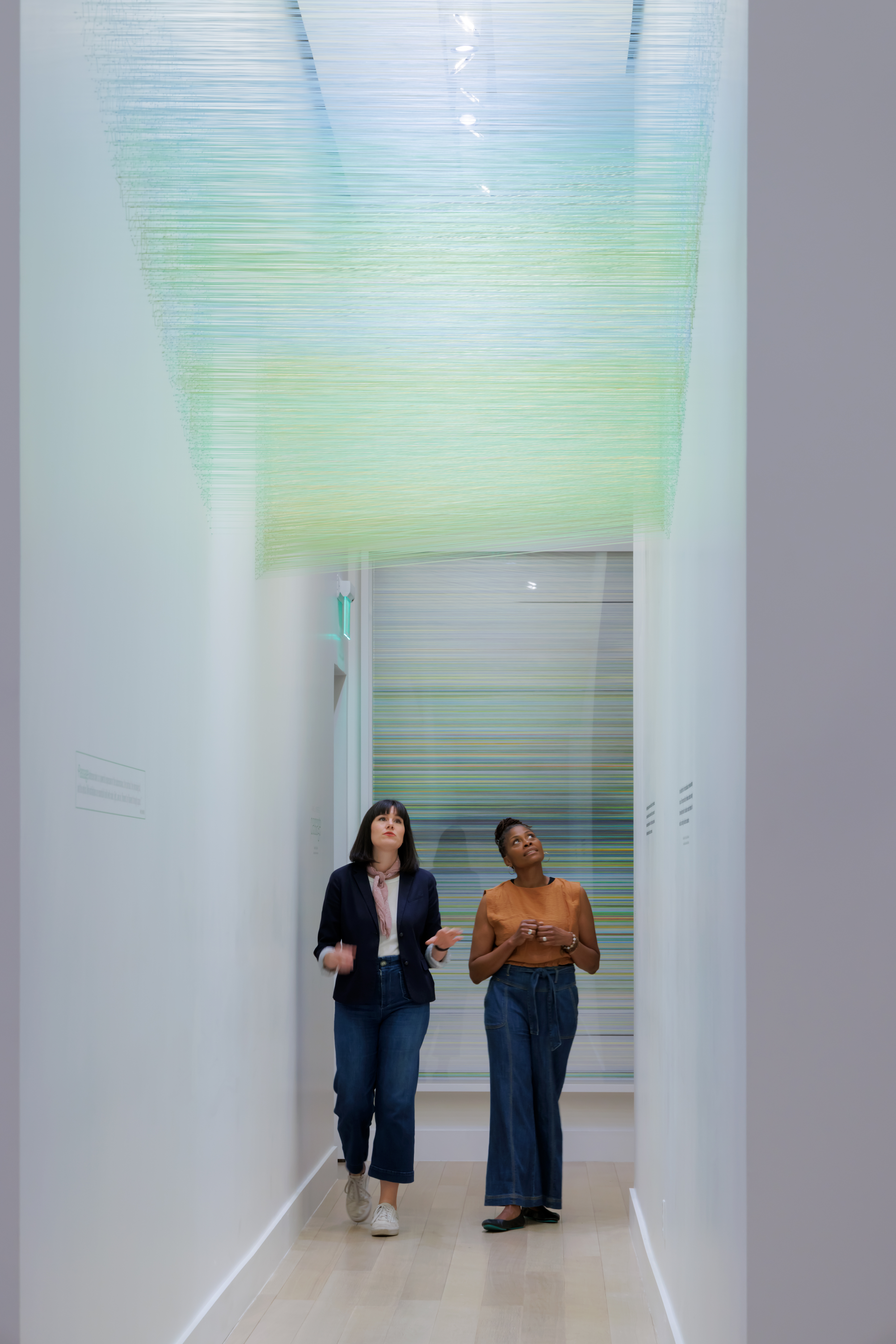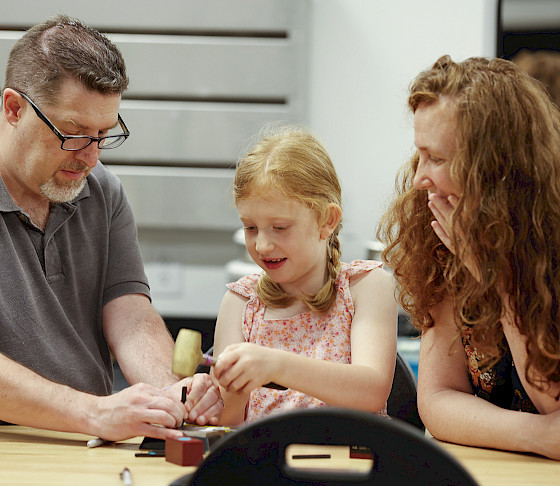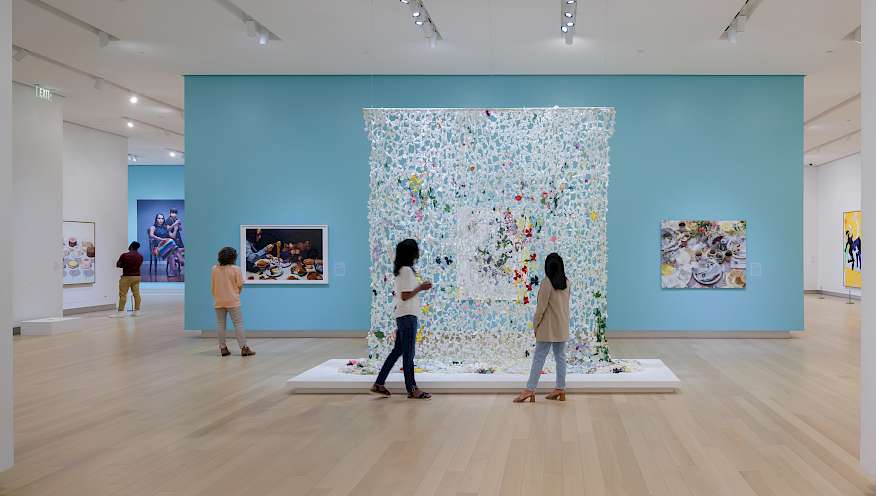Jerome Witkin
Born 1939 in Brooklyn, New Yorklives in Syracuse, New York(http://www.artnet.com 9-23-09) 1955 - 1957 Skowhegan School of Painting and Sculpture, Skowhegan, ME 1957 - 1960 B.A., Cooper Union School of Art, New York, NY 1961 Pulitzer Fellowship, Berlin Academy, Germany 1968 - 1970 M.F.A., University of Pennsylvania, Philadelphia, PA 1996 Augustus Saint Gaudens Award for the Lifetime Achievement in Painting and Education, from the Cooper Union for the Advancement of Science and Art Selected Exhibitions 2004 “Jerome Witkin: Site & Insight†Jack Rutberg Fine Arts, Los Angeles, June 4 – Aug. 31 -solo 2003 “Jerome Witkin: Taken,†Everson Museum of Art, Syracuse, NY -solo 2001 Joel Sheesley and Jerome Witkin: Fortitude and Forbearance Center Art Gallery, Calvin College, Grand Rapids, MI (Catalog) -solo 2001 “Jerome Witkin: A 30 Year Drawing Retrospective: 1970-2000,†Stone Quarry Hill Art Park, Cazenovia, NY -solo 1999 - 2000 Jack Rutberg Fine Arts, Los Angeles, CA -solo 1998 “Jerome Witkin: Selected Works,†University of Alaska At Fairbanks Cal Poly University Art Gallery, San Louis Obispo, CA -solo 1998 “Jerome Witkin: Drawings in Syracuse Collectionsâ€, John H. Mulroy Civic Center, Syracuse, NY -solo 1997 Ice Gallery, New York, NY (Catalog) -solo (http://en.wikipedia.org/wiki/Jerome_Witkin 9-23-09)Jerome Witkin (September 13, 1939) is an American figurative artist whose paintings often deal with political and cultural themes.[1] His portraits and ambitious narrative paintings are characterized by a virtuosic handling.[2]Witkin was born in Brooklyn, New York, the twin brother of photographer Joel Peter Witkin.[3] At fourteen he entered the High School of Music and Art in New York, and subsequently studied at the Skowhegan School of Painting and Sculpture, Cooper Union, the Berlin Academy, and the University of Pennsylvania. A Pulitzer Traveling Fellowship enabled him to travel to Europe; after his return to the United States Witkin received a Guggenheim Fellowship, began exhibiting at galleries in New York, and joined the faculty of the Maryland Institute College of Art. He later taught at the Manchester College of Art in England, Moore College of Art, and in 1971 became a professor of art at Syracuse University.[4]The death of his father induced Witkin to explore mortality in his work, and resulted in series of paintings on the themes of torture, assassination, AIDS, and the Holocaust, the last of which the artist worked on for twenty three years.[5] While his paintings reference the work of the old masters, social realism, and Abstract expressionism, Witkin refers to himself as a "cornball humanist".[6] In a fuller explanation of his motivation, Witkin has said "If this society continues to the next two thousand years, people will be looking at the twentieth century and saying, 'What did artists do about the strange goings-on?'"[7]Witkin's work is included in the permanent collections of the Metropolitan Museum of Art, the Uffizi, the Cleveland Museum of Art, and the Hirshhorn Museum.[8][9]


